PUL fabric [Polyurethane Laminate] is a one-of-a-kind unique textile fabric. This waterproof material can be used in a variety of applications. Because of its many valuable properties, it has a wide range of applications. It offers a wide range of uses, from medical to automotive. It's a fabric that's employed in the creation of some clothing.
Table Of Contents
What is PUL fabric?
PUL Fabric refers to polyurethane laminated fabric, which is a unique utility fabric that has been thermally bonded to a layer of polyurethane film on one side.
It is a breathable, lightweight, and flexible fabric. This fabric is cool to the touch and moisture-wicking making it more convenient for your infant.

PUL is a water-resistant fabric that is ideal for the outside cover of a cloth diaper as well as wet bags. Unlike cotton fabric covered with a different plastic textile type, PUL fabric stays pliable and gentle to the touch.
What is PUL fabric made of?
The majority of PUL fabric is manufactured by laminating a 0.1 mm polyurethane film on a light polyester interlock knit fabric. Two methods used for lamination
- Solvent lamination: which combines the fabric and polyurethane films into a unified political fabric.
- Hot melt: which employs heat-activated glue to attach the materials.
Manufacturing has progressed to the point where it is relatively environmentally friendly. For Baby Koala diapers, we use PUL materials that are 73% polyester and 27% polyurethane.
Fabric Properties
|
Fabric Name |
PUL |
|
Fabric Materials |
|
|
Fabric Breathability |
Excellent |
|
Water resistance |
High |
|
Wind-barrier |
Average |
|
Splash-resistance |
Excellent |
|
Stretch Ability |
Medium |
|
Washing Temperature |
Normal |
|
Excellent for |
Outdoor, upholstery, Sports equipment, Nappies and Outerwear |
How to make PUL fabric
Here is the step-by-step guideline on how to produce it_
Step-01: Cut the pieces out of the polyurethane laminate fabric for the project that want to produce. Eliminate all wrinkles and straighten the pieces with an iron.
Step-02: Remove the iron-on lamination from the roll. Arrange the fabric pieces on top of the paper backing of the laminate. Outline all-around fabric pieces, increasing the size by 1/8 inch. Remove the pieces from the laminate by cutting them out.
Step-03: 1 inch of the laminate's backing should be peeled away. It should be lined up and placed on the upper right side of the fabric. To ensure that there were no bubbles, smooth using your hand.
Step-04: Remove the remainder of the laminate backing and spread it onto the cloth piece. With the scissors, trim all excess laminate. Apply the lamination in the same way to all of the textile pieces.
Step-05: Using a tea towel, wrap the fabric pieces. Using the iron mostly on a cotton setting, press it over the towel. Use steam sparingly. Press each portion of the fabric for at least 8 seconds while keeping the iron moving. Now remove the towel from the fabric and sew the product as you might typically.
What is PUL Fabric used for?
_1699556445.webp)
It's suitable for outerwear and outdoor clothes because of its waterproof nature and high breathability. It's easy to care for because it's frequently machine-washable and sometimes tumble-safe. This fabric is perfect for use in water sports equipment and shower drapes when combined with its water barrier qualities.
- Medical bedding, mattress coverings, and even the outer layer of waterproof mattresses all use PUL.
- Disposable continence items, nappies, and cloth menstruation pads are also manufactured from this kind of fabric.





.webp)
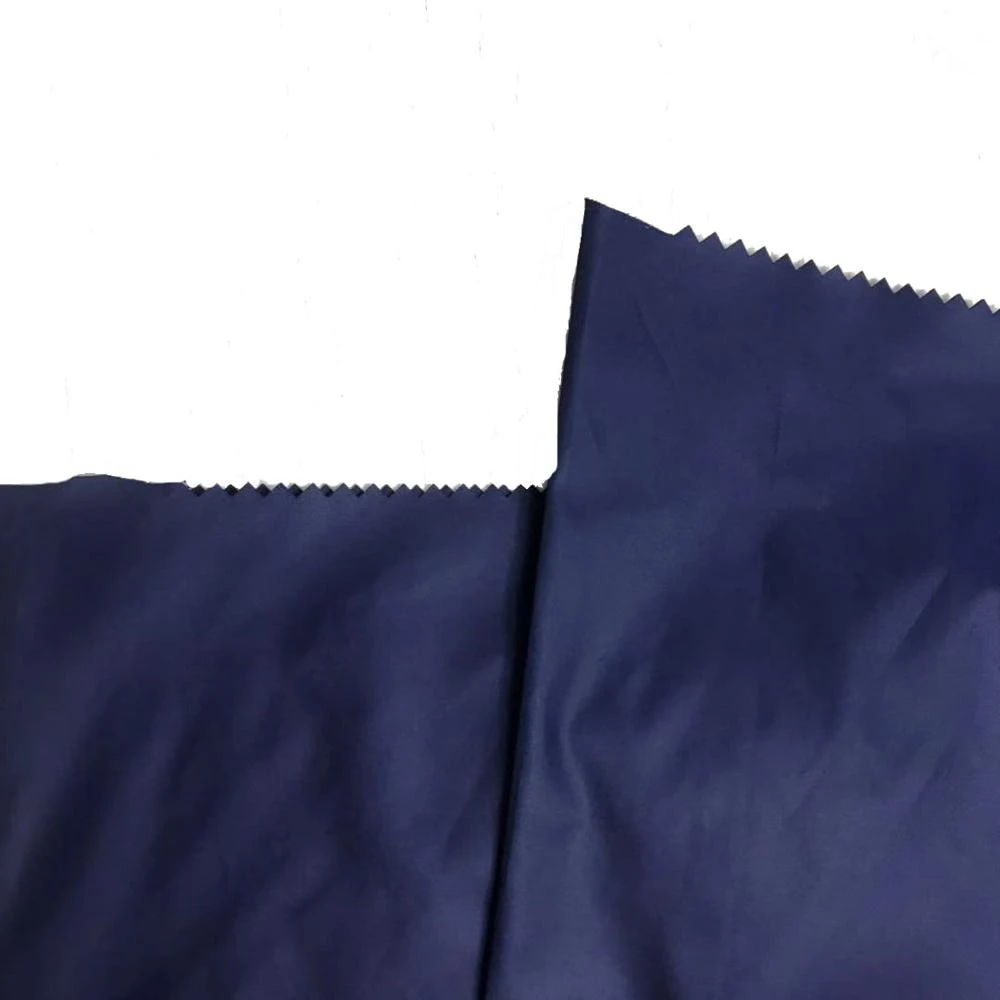
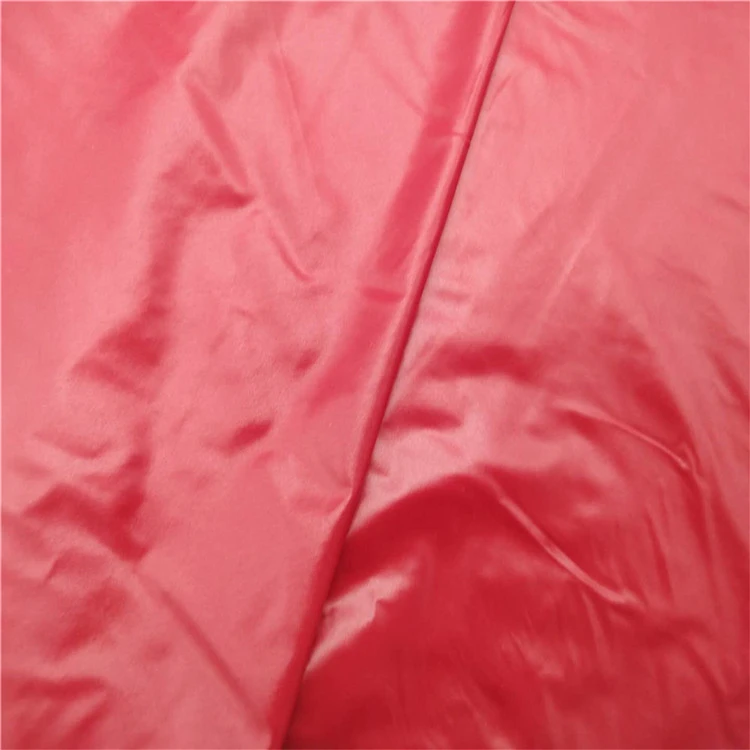
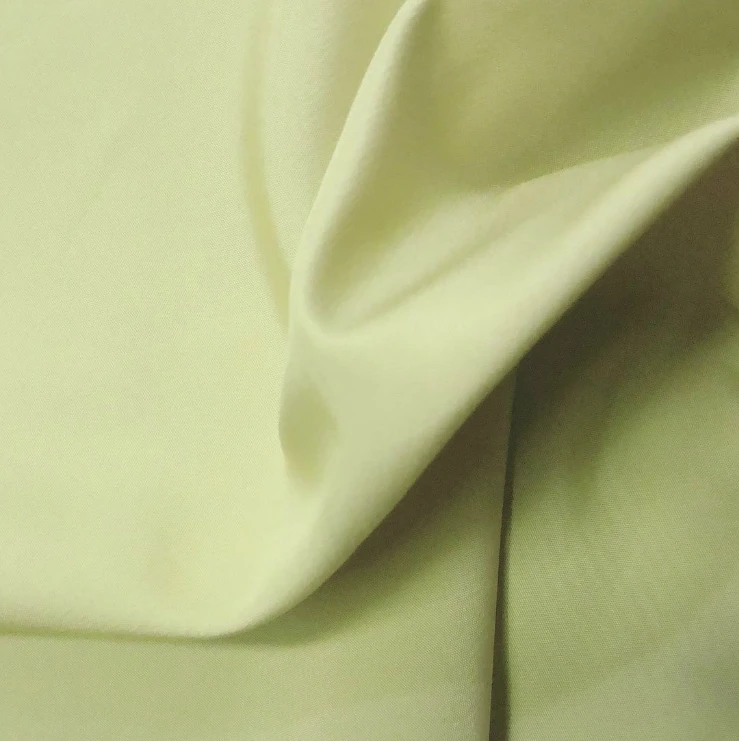
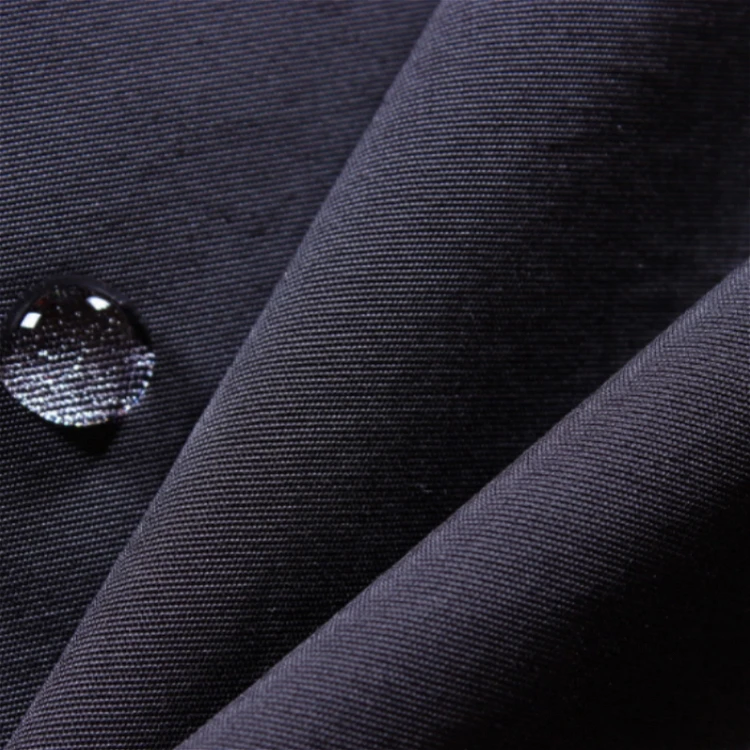
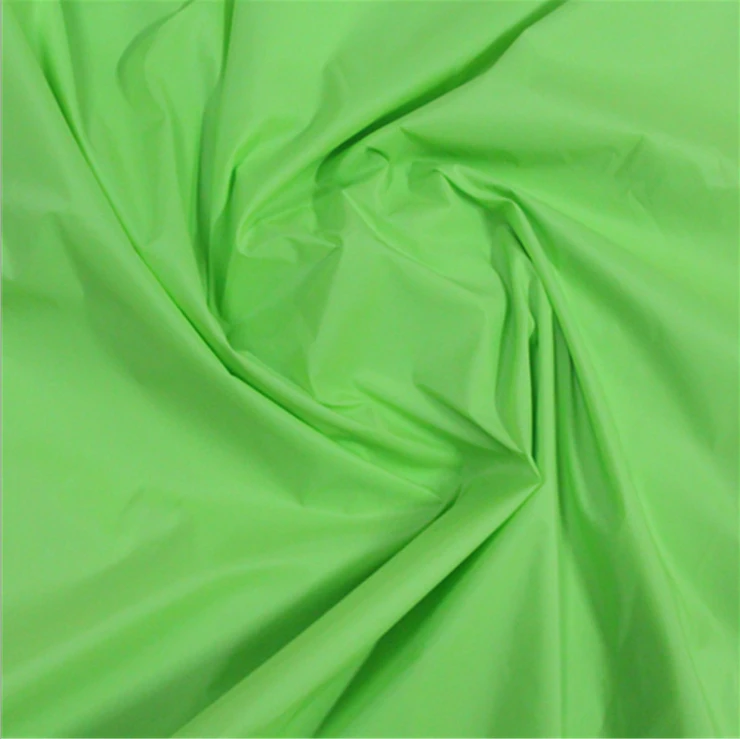





Comments - 00
Leave A Reply
Thanks for choosing to leave a comment.